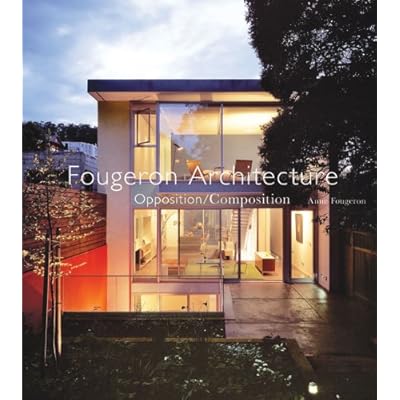I watch a lot of different television shows, based recommendations of friends (The Wire), other architects (Modern Family, Mad Men) or my daughter (Doctor Who). But none of those shows currently matter: I have caught Poirot fever!
If you don’t know who Poirot is, he’s a Belgian sleuth, a character created by Agatha Christie. I discovered Poirot in his television form (thank goodness for Netflix) after finding one of my old Agatha Christie books and rereading it. It was the closest I’d ever get to Flaubert but I was transported back to when devoured them as a teen.
Poirot is described as:
[…]hardly more than five feet four inches but carried himself with great dignity. His head was exactly the shape of an egg, and he always perched it a little on one side. His moustache was very stiff and military.
[…]The neatness of his attire was almost incredible; I believe a speck of dust would have caused him more pain than a bullet wound. Yet this quaint dandified little man who, I was sorry to see, now limped badly, had been in his time one of the most celebrated members of the Belgian police.
He is fastidious, almost obsessive, asexual and a brilliant logician. As a character in a novel, he was fantastic but English actor David Suchet brings him to life with such authenticity and life that I have watched almost nothing but Poirot episodes for the last few months. I am falling behind on other TV shows (oh the woes of my life!).
Later this month, I’ll be talking more on Poirot but I wanted to entice you all in joining me in my Poirot fever. Here are, a dozen or so things Poirot has taught me about life:
- The core of the concept is simple.
- Be willing to take the backseat.
- Be empathetic but not a push over.
- Make sure you surround yourself with people who have a sense of humor.
- Do not let someone’s employment cast doubt on their character.
- Elegance is underrated.
- There are a dozen different ways to wear a proper looking mustache.
- A slight French (or Belgian) accent makes you sound smarter. Is it too late for me to adopt one?
- The bad guy always loses, even it takes a long time (the whole 60 minutes)
- A little bit of vanity is okay.
- Embrace your eccentricities.
- You can spend 22 years with a project and still find it exhilarating, challenging and interesting.
- Secrecy has its purposes.
My next post won’t be a list but it will be on Poirot! But I make no apologies, I can’t help it! I have the fever!






